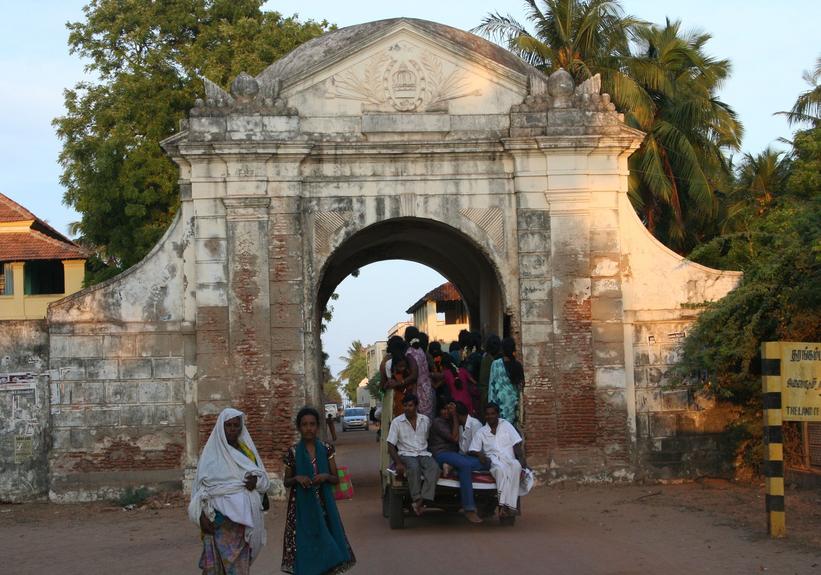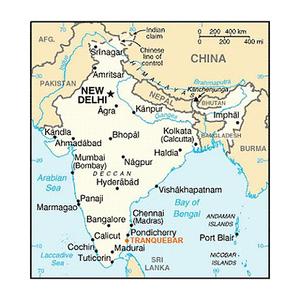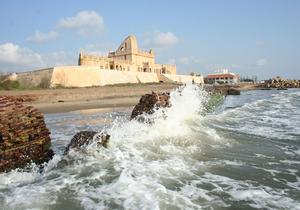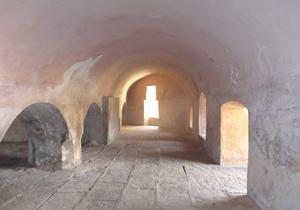A Place of cultural Exchange


Tranquebar – or Tharangampadi – is a village on the Coromandel Coast of south India with an intriguing intercultural history documented in historical buildings, rich archival sources, old and new ethnographic collections, and a series of recent studies from the Tranquebar Initiative of the National Museum of Denmark (2004-2016).
In the medieval period, Tranquebar formed part of the Chola Dynasty (mid-9th – early 13th century) and since the 14th century Tranquebar was part of a regional and international trade network, first attracting Muslim and later Portuguese traders.
From 1620-1845, Tranquebar hosted a Danish trading post due to an agreement between envoys of the Danish King Christian IV and Raghunatha Nayak, the King of Thanjavur. In 1620, the Danes constructed Fort Dansborg with the help of Raghunatha Nayak and his men and they later fortified the town.
Today, vestiges of the Danish era are still visible in Tranquebar. Fort Dansborg, straight streets, colonial style houses, the Land Gate, churches, and churchyards all bear witness to the common Indian-Danish legacy.
In 1984, the Tamil Nadu Government declared Tranquebar a protected cultural heritage site. It was decided to develop the village into a destination of heritage tourism, and in the course of the 2000s many of the old streets and colonial buildings were thoroughly restored.
On December 26th 2004, Tranquebar was hit by the Indian Ocean Tsunami that severely devastated the northern part of the village. The construction of new settlements for the many victims has added new neighborhoods further inland. The townscape differs from before and the boulders on the beach have changed the workspace of the fishing community.



A selection of publications on cultural exchange in the past and present
Text: Professor Esther Fihl and Research Assistant Caroline Lillelund, 2015
Web design and supervision: Assistant Curator Bente Gundestrup
Language editing: Research Assistant Manasa Bollempali
